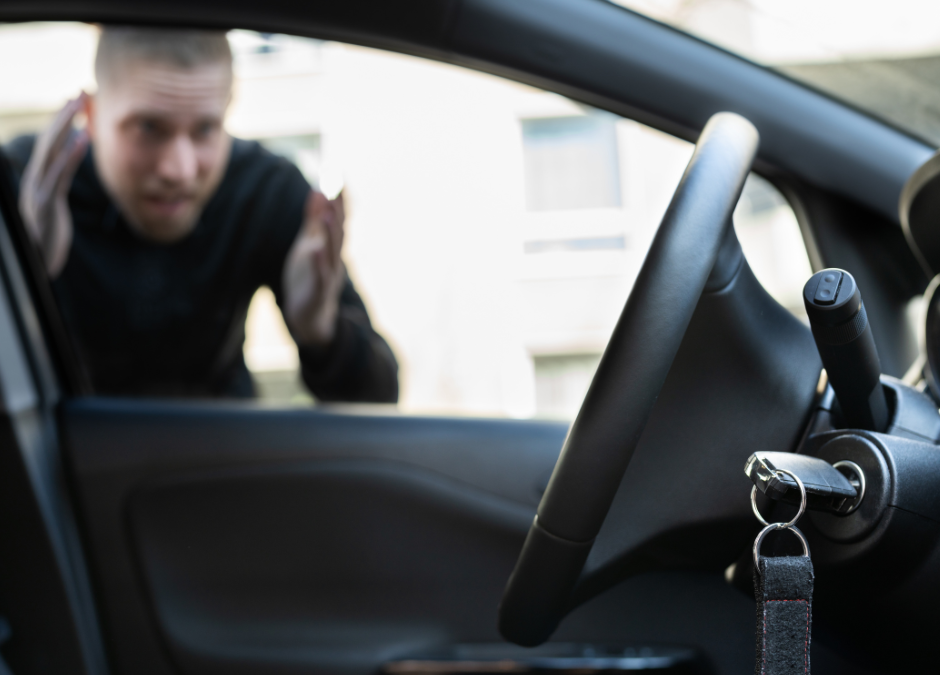
Did you know that a driver who has been awake for 17 hours has the same driving ability as the driver with a 0.05% blood alcohol level?
Yes, as though you are drunk driving. Though this can’t be detected through a blood test and you won’t be jailed, this increases the risk of an avoidable car crash.
No matter the distance of your drive, driver fatigue does not discriminate; fatigue can happen to anyone- whether how long or short or what time of the day.
That is why it is important to know the warning signs so the driver can take extra precautions when it happens.
Warning signs of driver fatigue include:
- Yawning or instances of microsleeps.
- Blurred vision.
- Decreased concentration.
- Delayed reflexes or reactions.
- Impaired judgement, can lead to indecisiveness.
- Drifting off the road or from his or her lane.
- Sudden variations in driving speed.
If you notice any of the warning signs mentioned above, don’t take it lightly and take precautions. Being One step ahead can save you from unwanted road accidents.
Avoid the following:
- Driving during your sleeping hours.
- Combining work and travel exceeding ten hours in a day.
- Drinking prescription medication that can cause drowsiness
Most of the time, the driver recognises fatigue symptoms when it already started to impact their concentration in driving. So, it is best to take action before it happens. See the list below to prevent driver fatigue:
- Get a good night’s sleep if you are to drive early morning. It is recommended to take at least a minimum of 6 hours of sleep.
- Eat well-balanced meals, and avoid alcohol intake.
- Set realistic travel time, and have a well-planned trip when driving long distances.
- Take 15 minutes rest breaks for every 2 hours of continuous driving.
- Do some walking and stretching during breaks.
- If possible, have a companion driver and switch every 2 hours.
We hope that this list will help become more attentive to your well-being as a driver. Safe Driving.











0 Comments